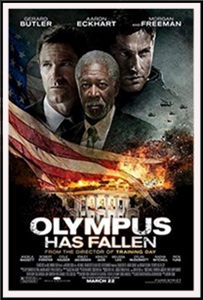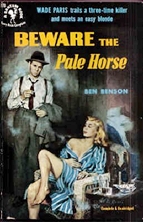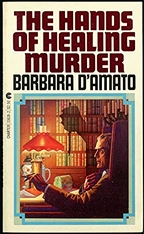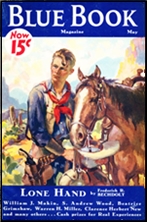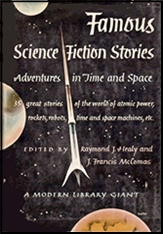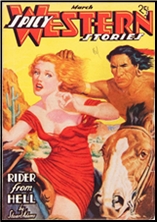Mon 21 Dec 2020
A Movie Review by Jonathan Lewis: OLYMPUS HAS FALLEN (2013).
Posted by Steve under Action Adventure movies , Reviews[3] Comments

OLYMPUS HAS FALLEN. Millennium Films, 2013. Gerard Butler, Aaron Eckhart, Morgan Freeman, Angela Bassett, Robert Forster, Cole Hauser, Ashley Judd, Melissa Leo, Dylan McDermott, Radha Mitchell, Rick Yune. Directed by Antoine Fuqua. Available on Blu-ray and DVD and is streaming now on Netflix.
For the first hour or so, Olympus Has Fallen is a kinetic, exceptionally violent action movie that grabs your attention. It’s a barrage of gunfights and explosions, choreographed to near perfection by action auteur Antoine Fuqua (Training Day). With an exceptional cast – including the late Robert Forster who portrays a general tasked with responding to a major terrorist incident – the movie initially feels like a solid piece of cinematic escapism.
All that changes, however, by the third act. That’s when the viewer begins to recognize that what one is watching is essentially a Die Hard (1988) knock-off. But unlike Die Hard, this action flic is utterly bereft of character development, offbeat humor, and memorable one-liners. It’s all the carnage of Die Hard amped up to the max, but with none of the heart.

Gerald Butler portrays Mike Banning, a Secret Service agent tasked with saving the president from North Korean terrorists, Banning is no John McClane; he has no witty dialogue to speak of. Truth be told, he has no wit at all. Just brawn and a propensity toward cruelty toward his enemies. And while that holds the movie together for a while, it eventually wears thin.
The only character in the film who has any depth to speak of is Speaker of the House Alan Trumbull. This is largely due to the fact that he is portrayed by the always enjoyable Morgan Freeman, who imbues the role with necessary gravitas.

It’s not that Olympus Has Fallen is a bad movie; it’s just a rather empty one. A facsimile. Fuqua has done much better, particularly in his collaborative efforts with Denzel Washington. What went wrong here? I suspect it was the screenplay. Or the reliance on audiences not noticing how very derivative it all is. That said, the movie fared well at the box office and did spawn two sequels. Make of that what you will.
